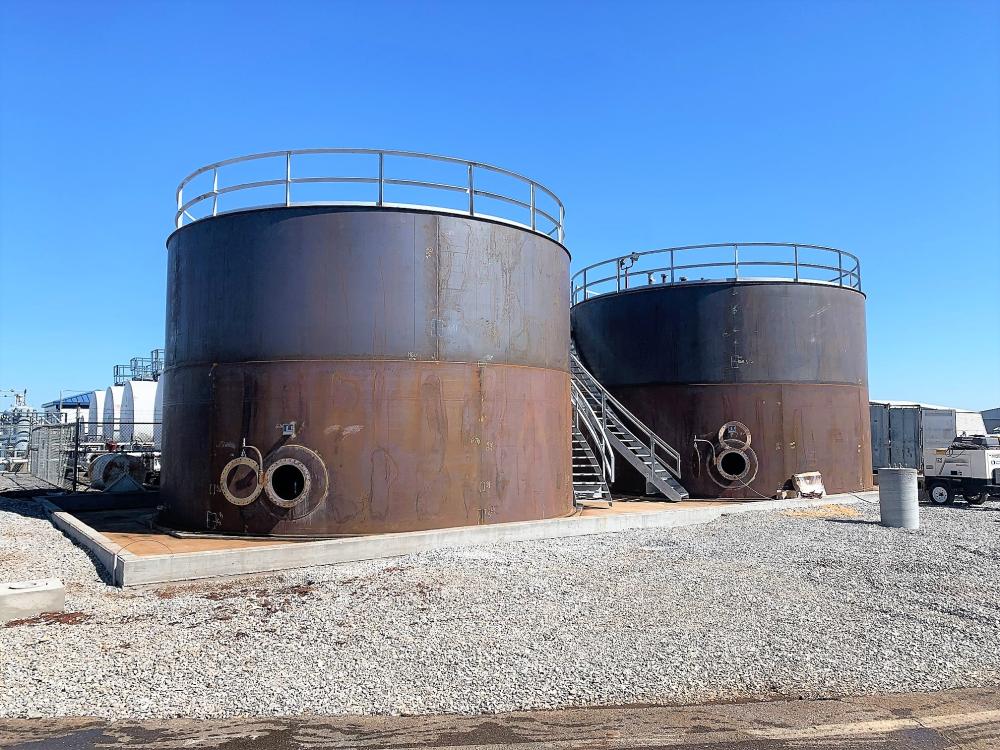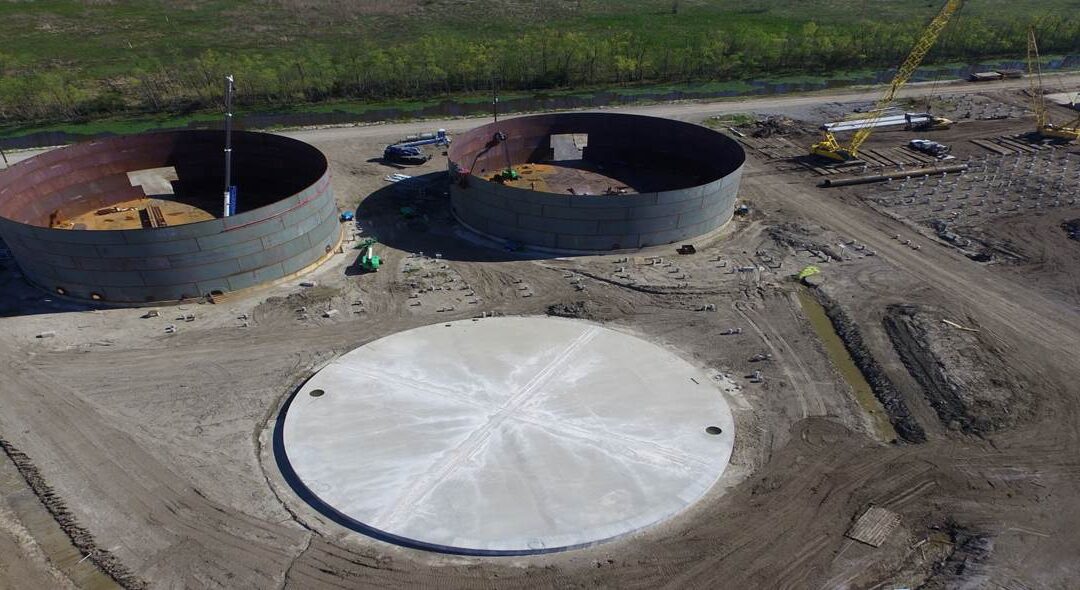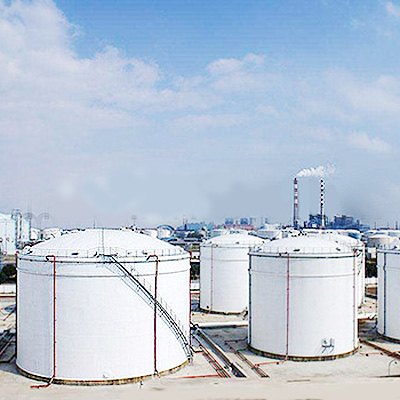A Step-by-Step Take A Look At the Installment Process of Welding Examination Techniques
Welding evaluation is a critical process that guarantees structural integrity and safety and security. The setup of inspection strategies includes a number of methodical actions, each indispensable to accomplishing dependable results. From planning and tool choice to performing aesthetic and non-destructive examinations, each phase demands cautious interest. Comprehending these treatments can considerably enhance top quality assurance in welding tasks. What difficulties emerge in implementing these methods, and how can they be effectively addressed?
Recognizing the Relevance of Welding Evaluation
Welding inspection is an essential component of guaranteeing architectural stability and safety and security in building and construction and manufacturing procedures. This practice includes examining welded joints for flaws, guaranteeing that they fulfill particular criteria and laws. By systematically evaluating weld top quality, examiners can identify concerns such as fractures, voids, and insufficient fusion, which can compromise the strength and resilience of frameworks.
The significance of welding examination extends past immediate safety worries; it assists protect against expensive failings and potential threats in the long-term. Effective examination strategies foster conformity with market criteria, therefore enhancing the general dependability of welded parts. Additionally, a durable assessment procedure contributes to keeping the track record of home builders and suppliers, as it guarantees clients of the quality of their jobs. Inevitably, comprehending the significance of welding assessment is critical for advertising risk-free building and construction techniques and making certain the durability of essential infrastructure and items.
Selecting the Right Equipment for Examination
When choosing the proper devices for assessment, it is crucial to consider the particular needs of the welding procedure and the materials entailed. Various inspection approaches, such as aesthetic, ultrasonic, and radiographic screening, demand distinctive devices tailored to their unique needs. For aesthetic inspections, devices like amplifying calipers and glasses are important for assessing weld top quality. Ultrasonic testing requires specialized tools efficient in transferring and receiving sound waves to detect internal flaws. Radiographic screening, on the other hand, utilizes X-ray or gamma-ray sources alongside delicate film or digital detectors to disclose inconsistencies.
In addition, personal protective devices (PPE) is essential to assure the safety and security of inspectors throughout examinations. Picking the right tools not only improves the accuracy of examinations but additionally adds to the general honesty and security of the welding task. As a result, a thorough understanding of readily available tools and their applications is necessary for efficient welding examination.
Preparing for the Assessment Process
Before initiating the examination procedure, it is necessary to develop an extensive strategy that lays out the range and purposes of the evaluation. This strategy should consist of certain criteria that specify what comprises appropriate top quality in the welding work being inspected. Identifying the appropriate codes and requirements is vital, as they will certainly lead the evaluation standards and methodologies.
Furthermore, workers associated with the inspection should be appropriately educated and certified in welding inspection techniques to ensure integrity and precision. A checklist can be helpful in arranging the various aspects of the assessment, ranging from devices preparedness to ecological conditions that could impact the analysis.

Finally, logistical considerations such as scheduling, available resources, and interaction between group members ought to be attended to. By preparing systematically, inspectors can enhance the efficiency of the assessment and make sure that all essential factors are duly thought about before proceeding with the assessment itself.
Carrying Out Aesthetic Assessments

Carrying out visual inspections is an important step in the welding evaluation process, needing mindful prep work to guarantee efficient examination. Examiners must be familiar with key problem signs that can signal possible issues in weld quality. By concentrating on these facets, one can enhance the total integrity of the inspection end results.
Planning For Visual Inspection
Visual assessment offers as a crucial first action in the welding examination procedure, ensuring that any prospective issues are recognized early (API 650 Welding Inspection). Appropriate prep work is vital for reliable visual assessment. Assessors must begin by evaluating pertinent Web Site documentation, consisting of welding treatments and specs, to recognize the project needs. They should collect essential tools, such as multiplying glasses, flashlights, and ideal individual protective devices (PPE) An extensive examination of the examination area is crucial; inspectors need to validate it is free and tidy of obstructions. Additionally, it is necessary to develop suitable lights conditions to improve exposure of welds. By taking these preparatory steps, inspectors can create a setting for determining discrepancies and guaranteeing the stability of the bonded structures
Secret Issue Indicators
A detailed understanding of crucial defect signs is essential throughout visual assessments to assure the quality and security of welded joints. Inspectors need to concentrate on particular indications such as fractures, my latest blog post porosity, damages, and insufficient blend. Splits might look like sharp lines and can compromise structural integrity. Porosity shows up as small openings that can compromise weld stamina. Undercuts, which are grooves along the weld side, can result in stress focus. Incomplete fusion indicates that the weld metal did not appropriately bond with the base product, resulting in a weak joint. By methodically identifying these issues, examiners can establish conformity with industry standards and enhance the total reliability of bonded frameworks, ultimately contributing to much safer functional conditions.
Carrying Out Non-Destructive Evaluating Strategies

Countless non-destructive screening (NDT) strategies are indispensable to guaranteeing the stability of welded frameworks without jeopardizing their performance. These techniques enable examiners to evaluate weld high quality and find issues without triggering damage to the products being examined. Typical NDT strategies include ultrasonic screening, radiographic screening, magnetic particle screening, and color penetrant testing. Each technique offers a details objective, attending to various kinds of problems such as cracks, porosity, or incomplete fusion.
Executing NDT techniques calls for a methodical approach, starting with choosing the proper approach based on the products and the nature of the weld. Educating personnel in these strategies is important for exact outcomes. Furthermore, establishing clear procedures and requirements guarantees uniformity throughout the evaluation process. By incorporating NDT right into the welding assessment operations, organizations can improve the integrity of their items while decreasing possible threats connected with structural failings. This positive approach inevitably contributes to keeping safety and security and top quality standards in welded building and constructions.
Analyzing and documenting Evaluation Outcomes
Reliable paperwork and evaluation of assessment outcomes are important components of the welding examination process. Precise documents of examination searchings for function as a recommendation for top quality assurance and compliance with industry requirements. API 650 Welding Inspection. Assessors should make browse this site use of electronic platforms or organized kinds to log information such as the type of weld, evaluation techniques employed, and any kind of disparities identified during the evaluation
When data is gathered, complete evaluation is vital. This includes comparing results against developed requirements to recognize trends or repeating issues. Statistical tools may be employed to quantify issues and assess their influence on overall weld quality.
Efficient communication of searchings for to pertinent stakeholders is imperative. Summaries and reports must be clear and concise, highlighting key understandings and recommendations for corrective activities. By systematically documenting and evaluating assessment results, companies can cultivate continual enhancement in welding techniques and enhance product honesty.
Frequently Asked Inquiries
What Certifications Are Required to Become a Welding Inspector?
To come to be a welding inspector, one typically needs appropriate certifications such as AWS CWI, in addition to experience in welding techniques, understanding of welding codes, and effectiveness in evaluation strategies to ensure quality and security criteria.
How Usually Should Welding Inspections Be Performed?
Welding inspections ought to be conducted frequently, generally after each weld is finished, and regularly throughout tasks. Variables such as project complexity, sector requirements, and governing requirements can influence the frequency of these evaluations.
What Is the Price of Welding Inspection Solutions?
The cost of welding inspection services varies substantially based upon variables such as project area, dimension, and complexity. Normally, prices range from $100 to $150 per hour, with added costs for specialized screening and qualifications.
Are There Certifications for Welding Inspectors?
Yes, there are numerous certifications for welding assessors, consisting of those supplied by the American Welding Society (AWS) and the International Institute of Welding (IIW) These qualifications ensure examiners have the required abilities and understanding for reliable examinations.

Just how Do I Choose an Inspection Company?
To pick an examination service provider, one must review credentials, experience, market credibility, and consumer reviews. Furthermore, comparing solution offerings and rates can aid assure the picked service provider fulfills specific project requires properly.
Furthermore, employees entailed in the examination has to be properly trained and certified in welding inspection strategies to assure reliability and accuracy. Carrying out visual evaluations is a crucial step in the welding examination process, requiring careful preparation to guarantee reliable analysis. Visual inspection serves as a crucial first step in the welding inspection process, ensuring that any kind of potential defects are identified early. Reliable paperwork and evaluation of inspection results are necessary elements of the welding inspection process. Welding examinations should be performed consistently, normally after each weld is finished, and occasionally throughout jobs.